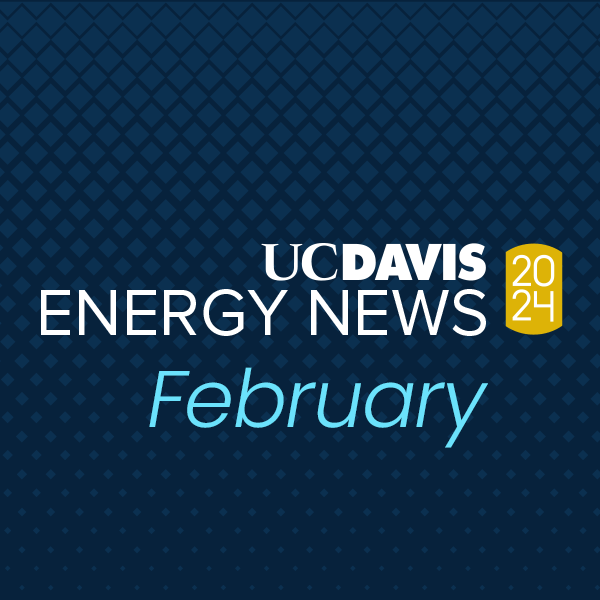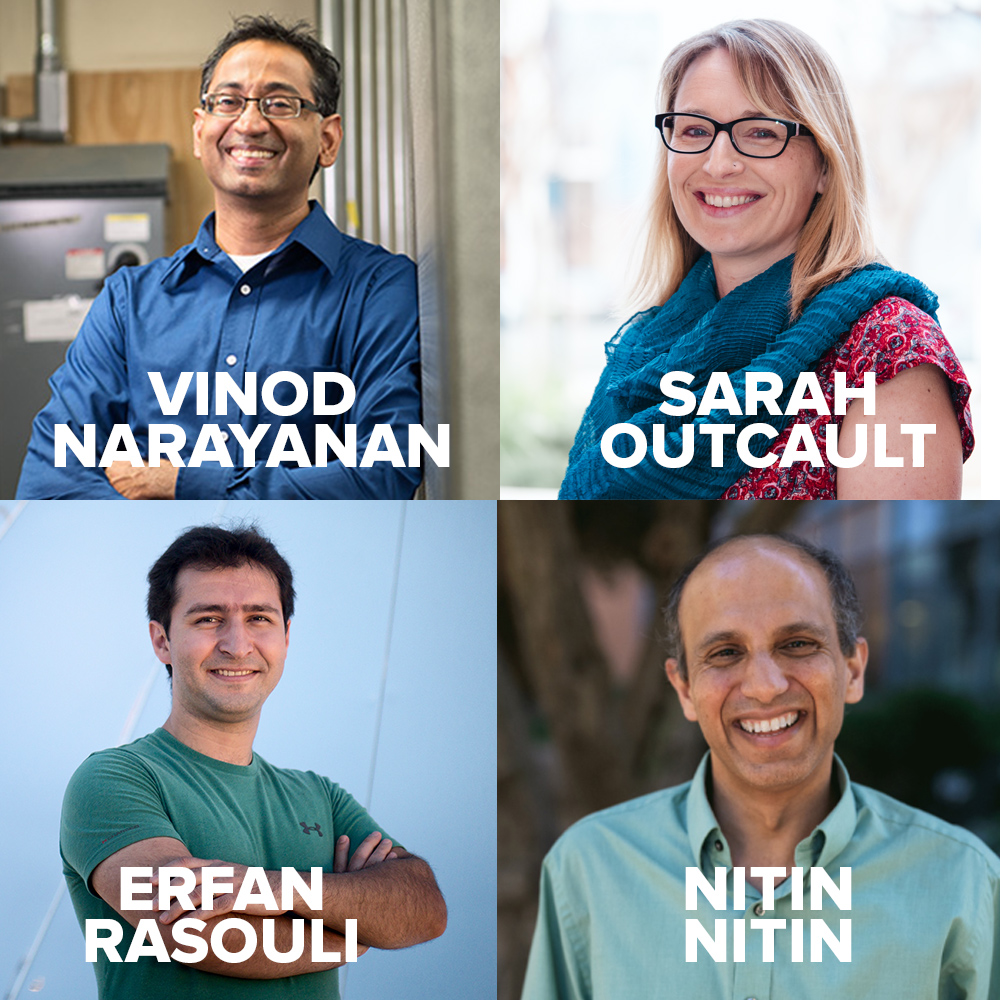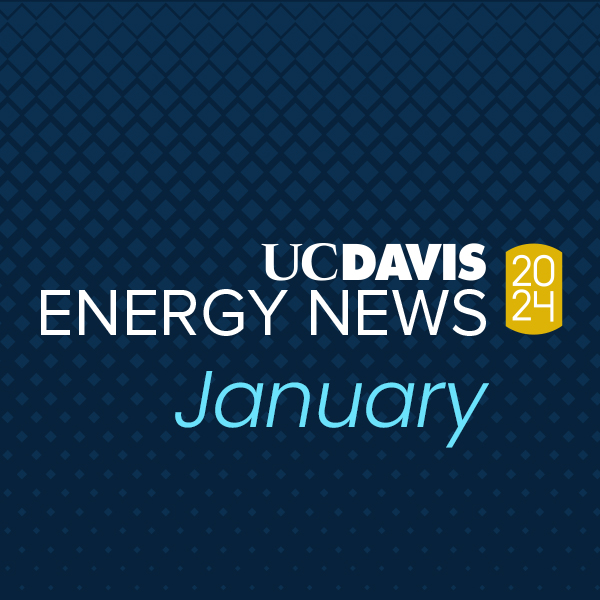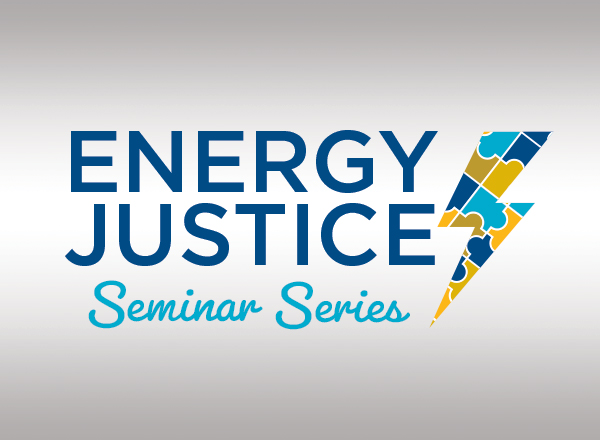UC Davis Energy News – February 2024

UC Davis Selected by DOE for Industrial Decarbonization Initiative, Secures $1.98M Funding The U.S. Department of Energy (DOE) is backing UC Davis with $1.98 million to lead a project in the race to decarbonize industry. Under the guidance of WCEC Director Vinod Narayanan, the UC Davis collaboration will explore advanced methodologies for the extraction and repurposing […]
UC Davis Selected by DOE for Industrial Decarbonization Initiative, Secures $1.98M Funding

he U.S. Department of Energy (DOE) is backing UC Davis with $1.98 million to lead a project in the race to decarbonize industry. Under the guidance of WCEC Director Vinod Narayanan, the UC Davis collaboration will explore advanced methodologies for the extraction and repurposing of low-grade waste heat within industrial processes.
UC Davis Energy News – January 2024

WCEC Well Represented at This Year’s ASHRAE Conference The Western Cooling Efficiency Center (WCEC) has an impressive seven presentations at this year’s ASHRAE Winter Conference in Chicago. Christy GreenLoad Flexibility of a Residential Multi-Function Heat Pump Using Dynamic Pricing Caton MandeModel-Based Hot Water Draw Estimation in Heat Pump Water Heaters Fredrick MeyersLaboratory Evaluation of High-Efficiency Motor and Drive […]
Piloting a Distributional Equity Analysis Framework with Puget Sound Energy

What is energy justice and why is it vital to achieve?
Energy Justice and Research as Movement Work

What is energy justice and why is it vital to achieve?
Seed Thoughts on Equity and Justice in Climate Policy

TBA
Navigating the Future: Strategic Pathways to Sustainable, Equitable, and Resilient Energy in California

Navigating the Future: Strategic Pathways to Sustainable, Equitable, and Resilient Energy in California
Energy equity and justice in the global energy transition

Energy systems around the world are changing rapidly, accompanied by both new and ongoing economic, social, and justice challenges.
SMUD’s 2030 Zero Carbon Plan: Leaving No Community Behind

TBA
Forgone Summertime Comfort – Energy Poverty in the Summer

Dr. Stasio discusses data-driven approaches to understanding equity and environmental justice in the energy sector.

